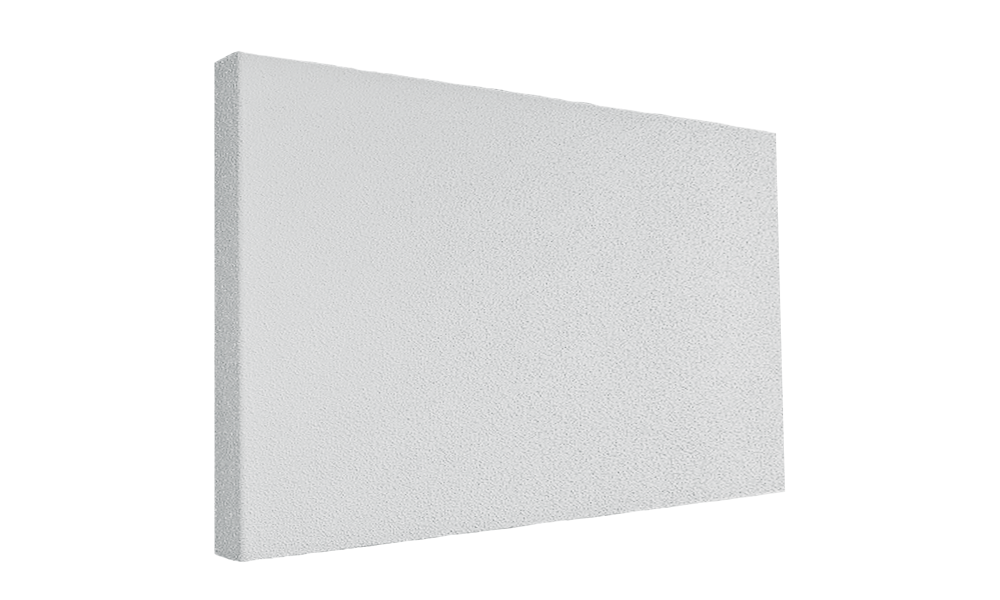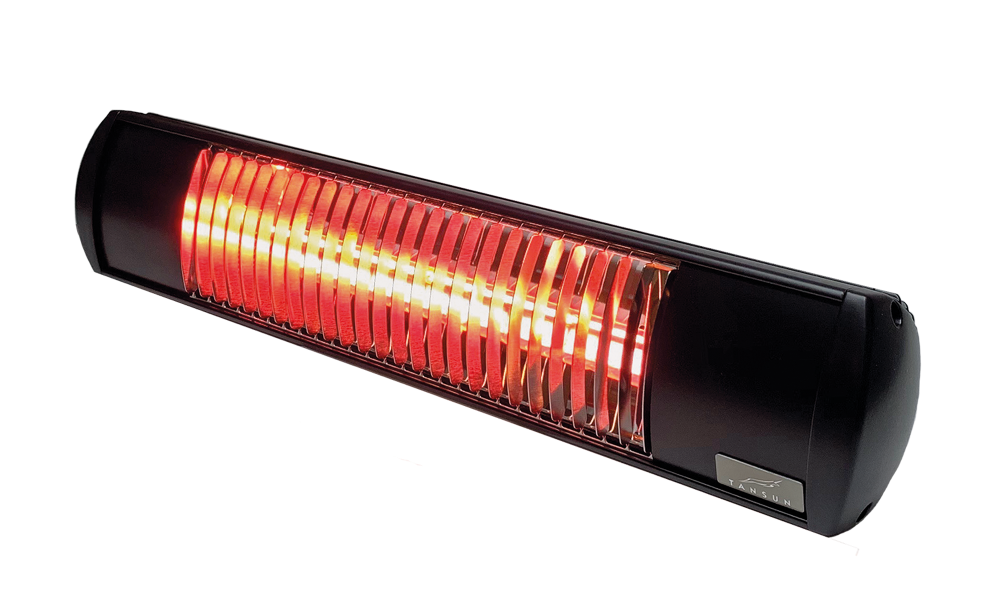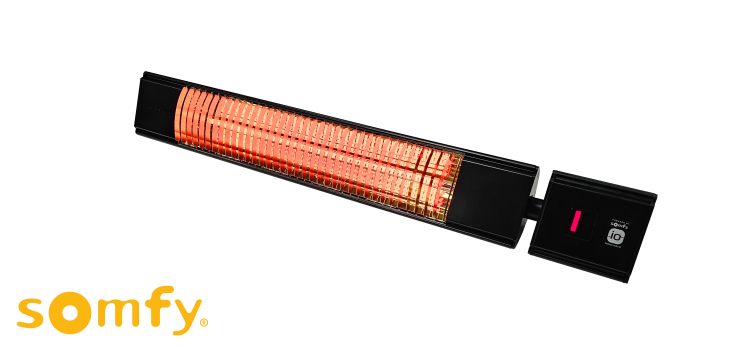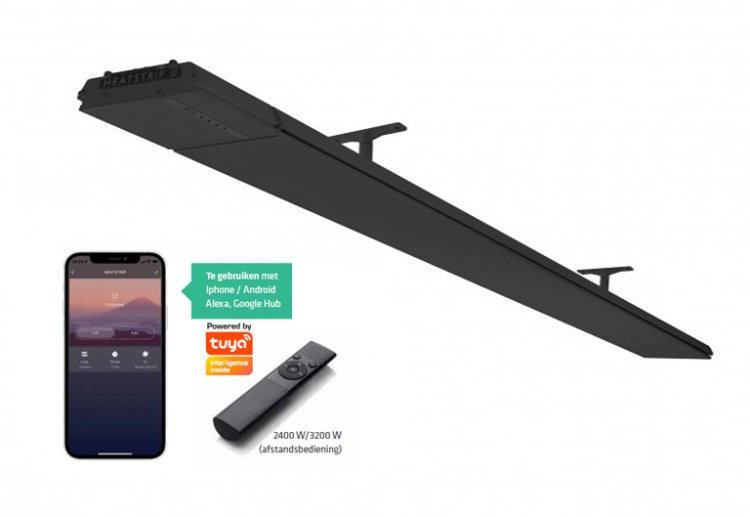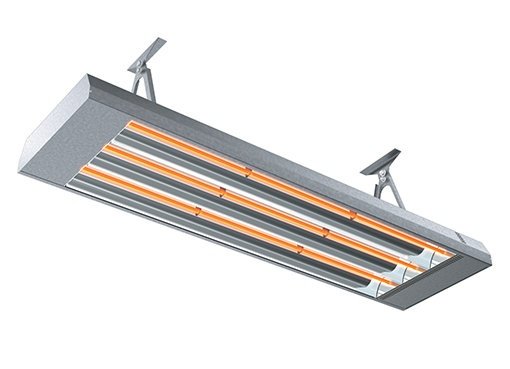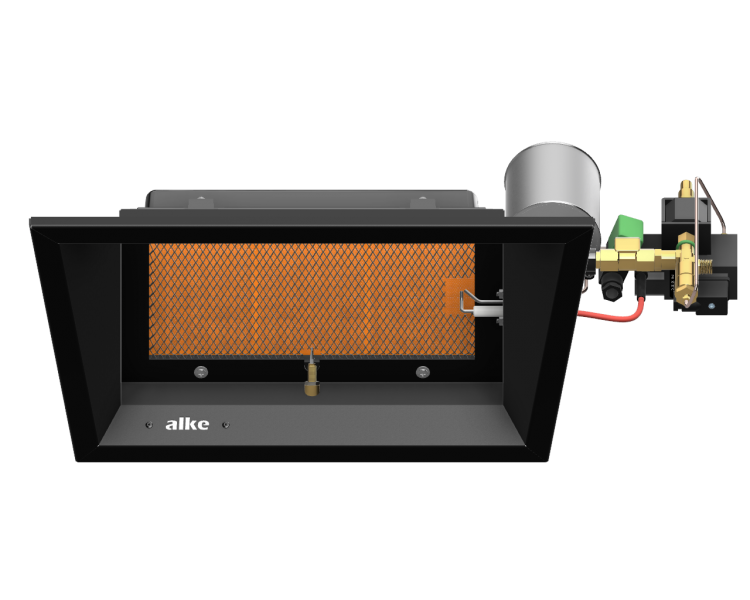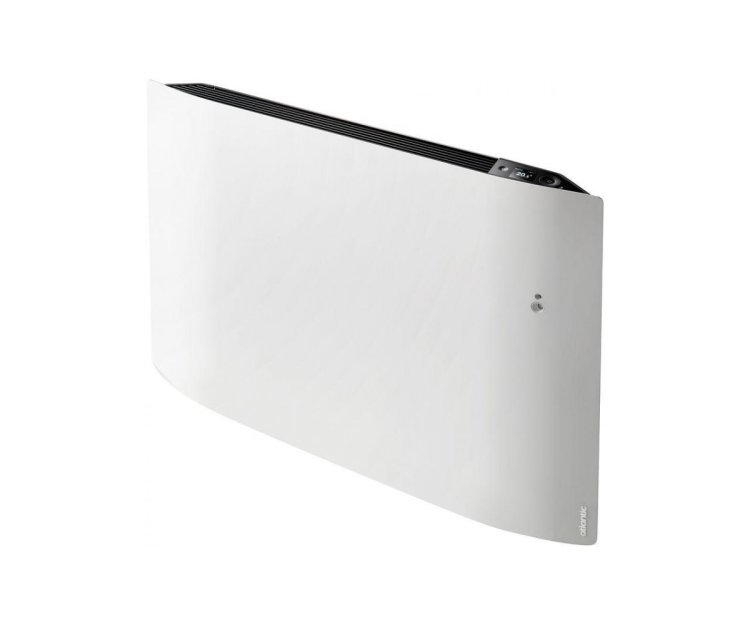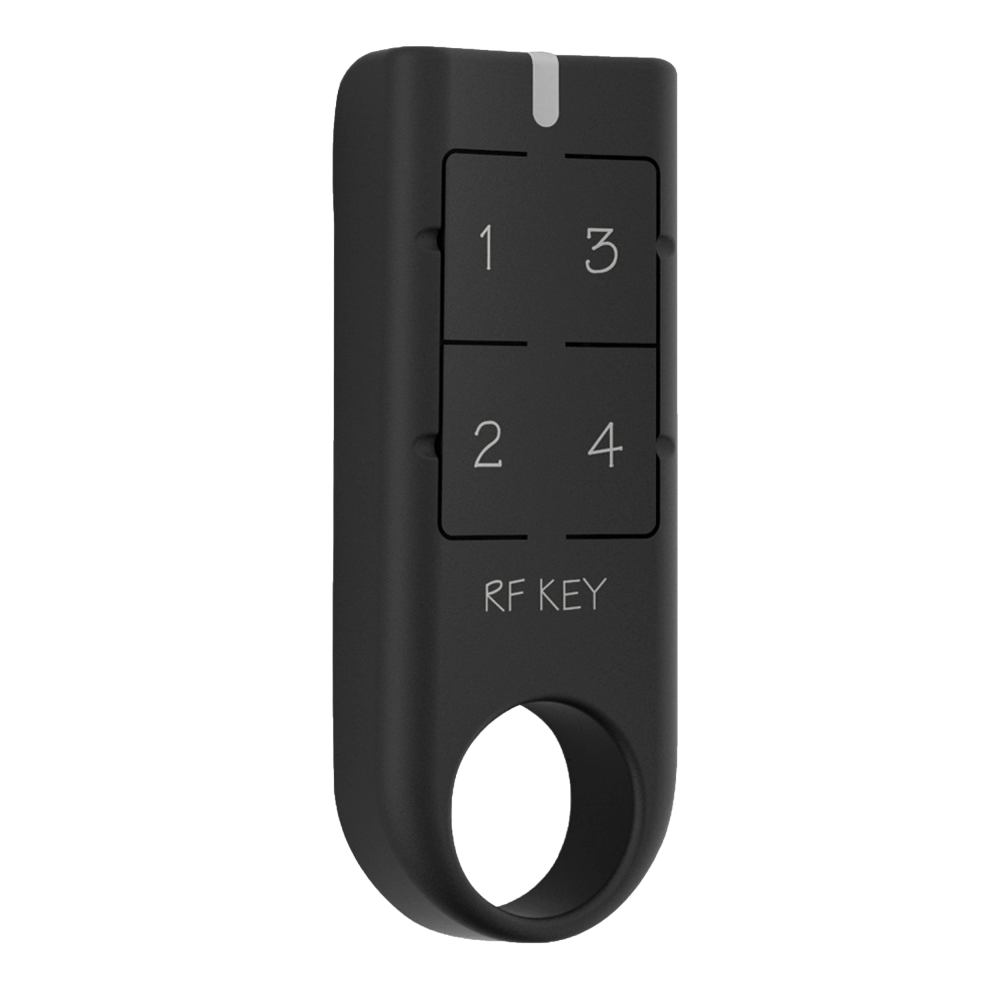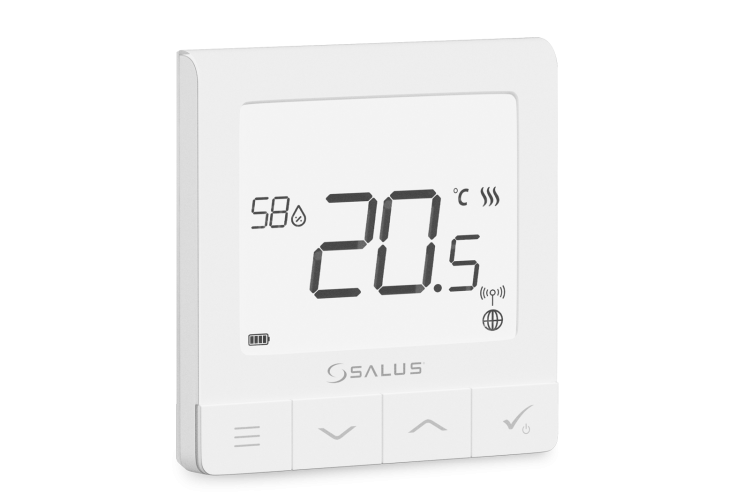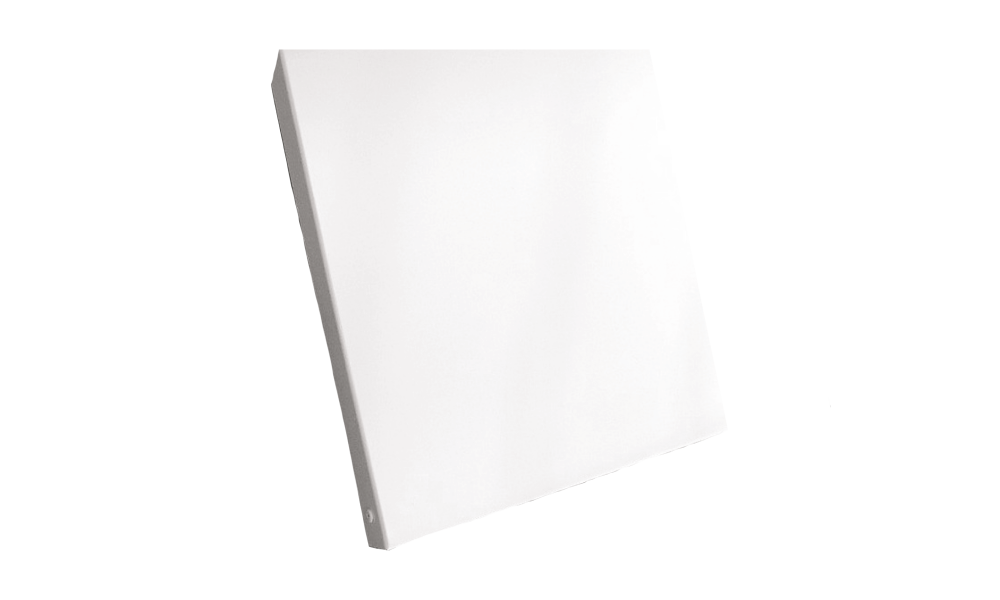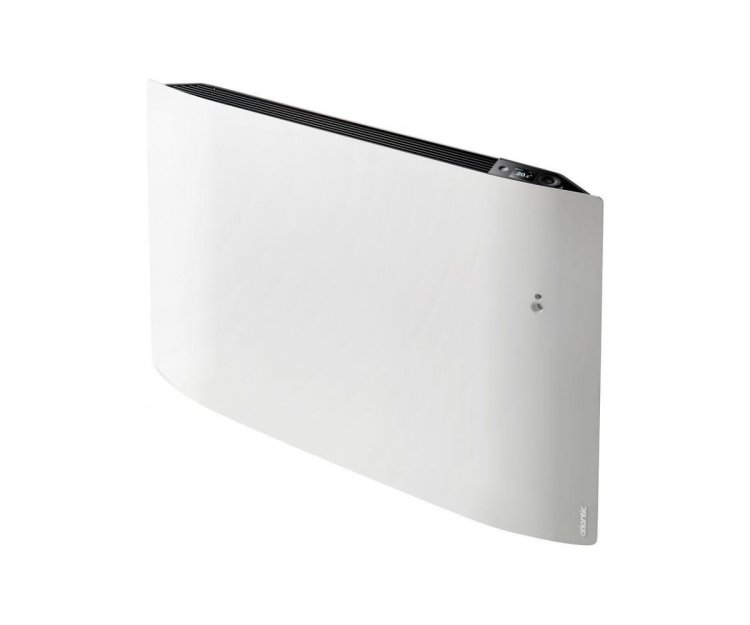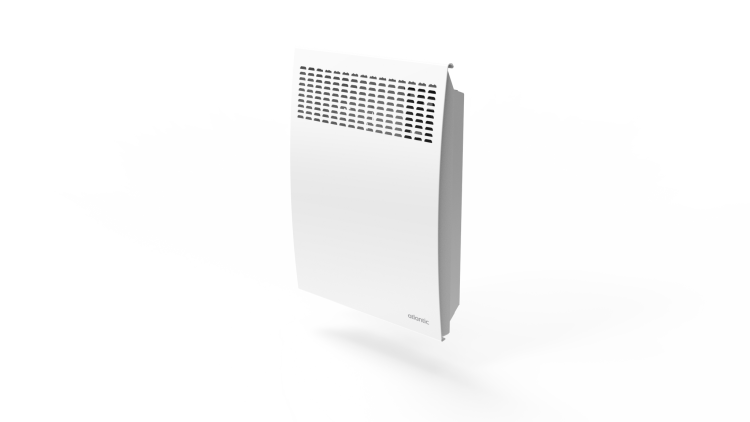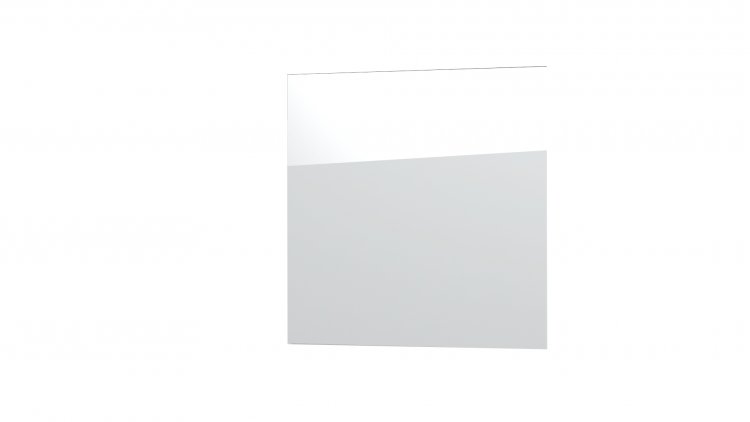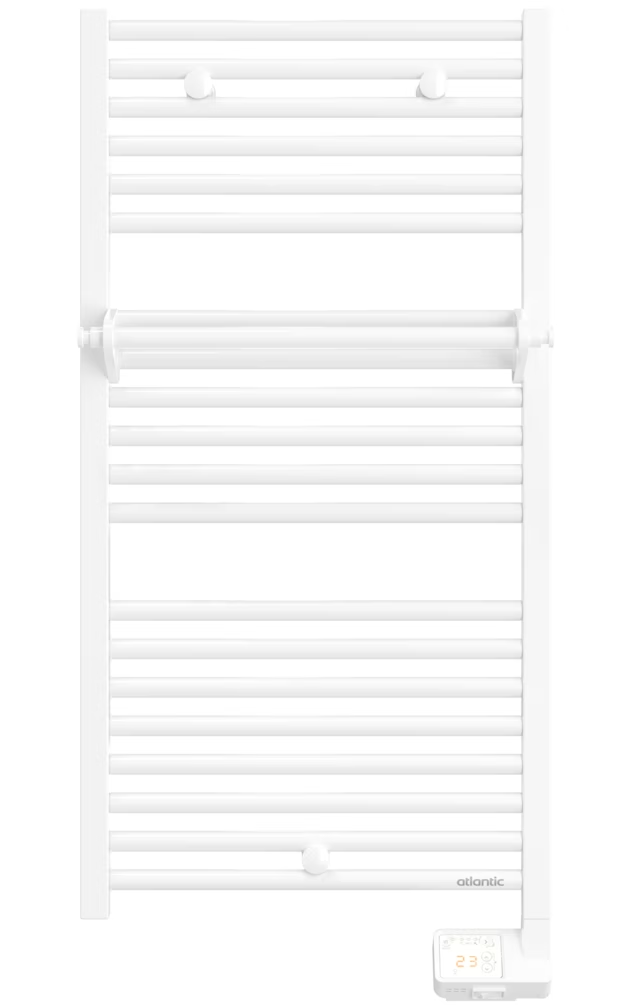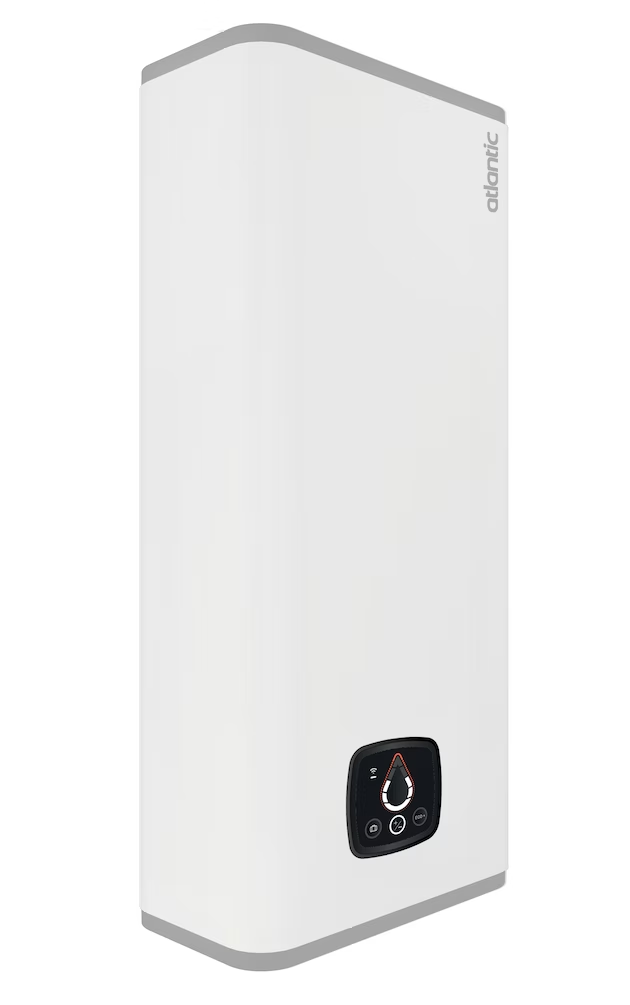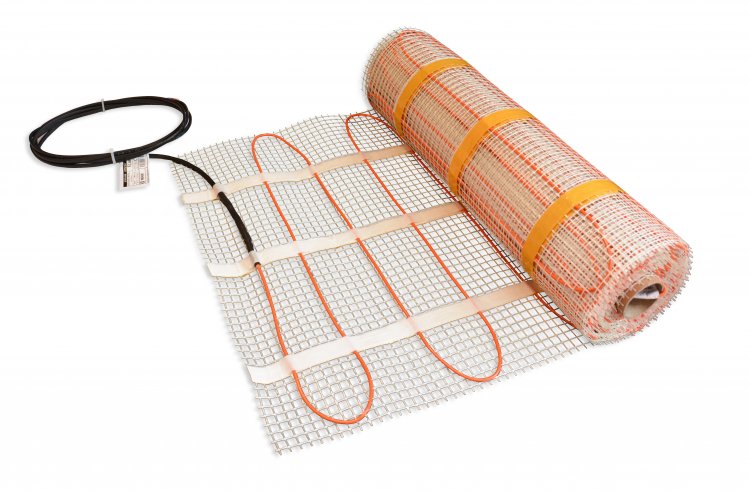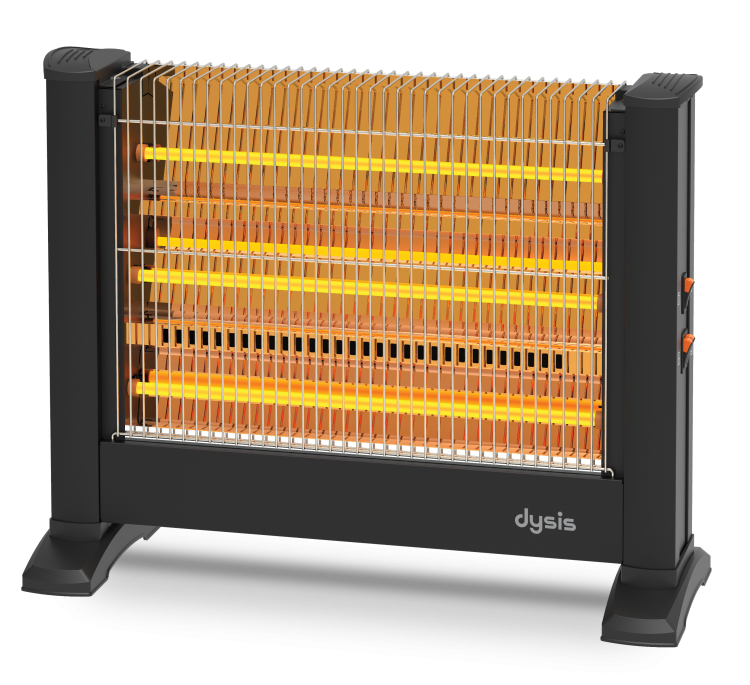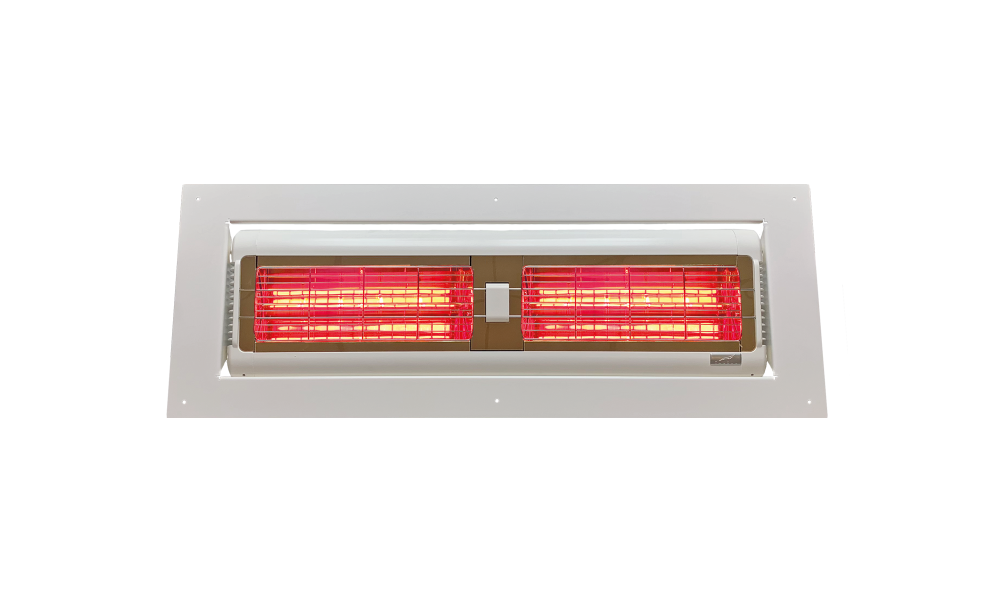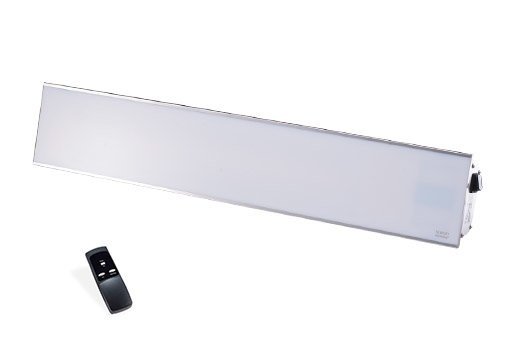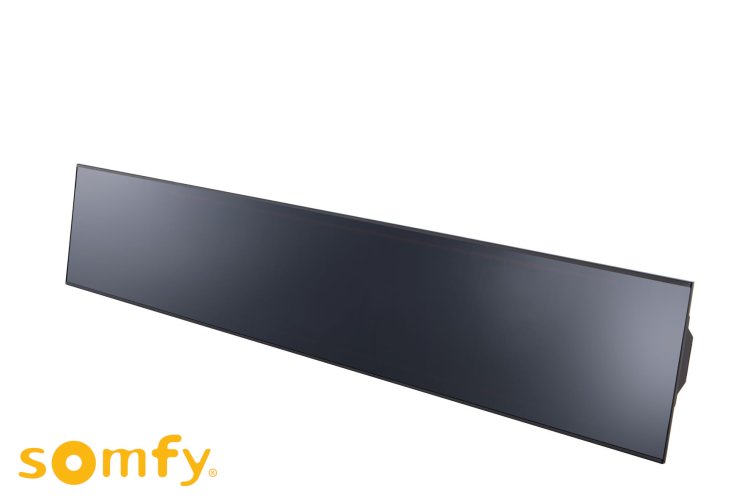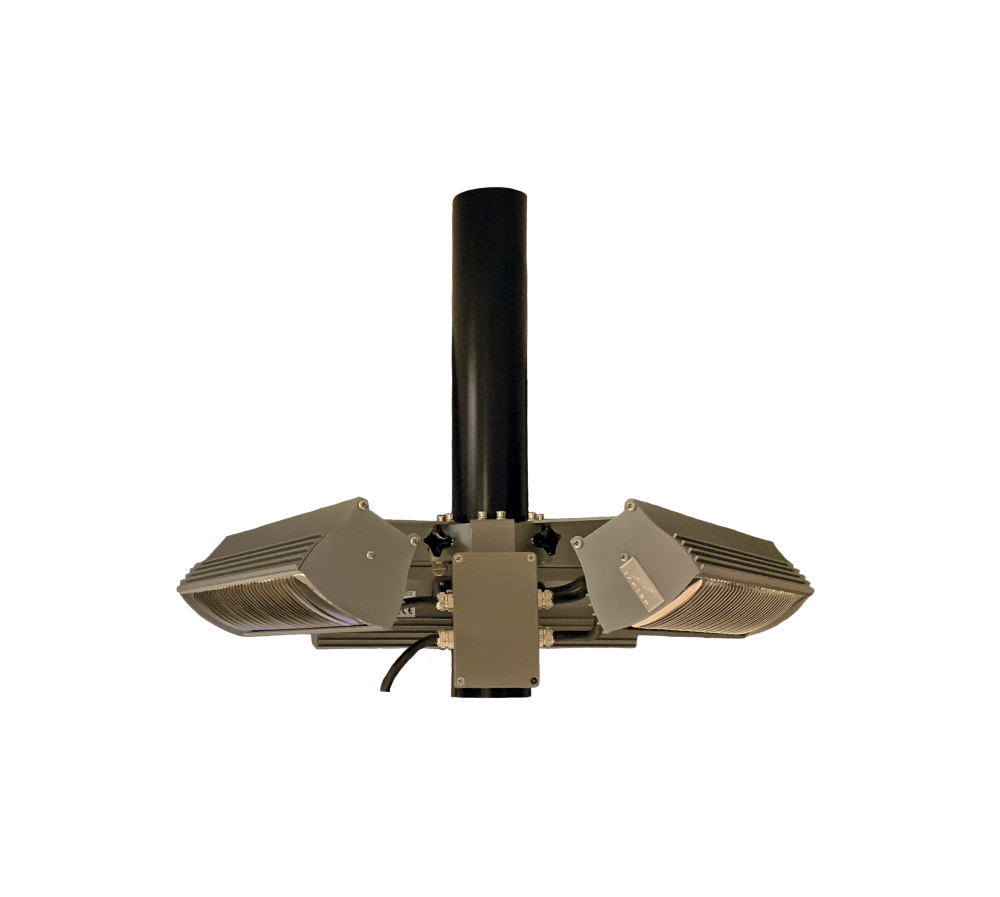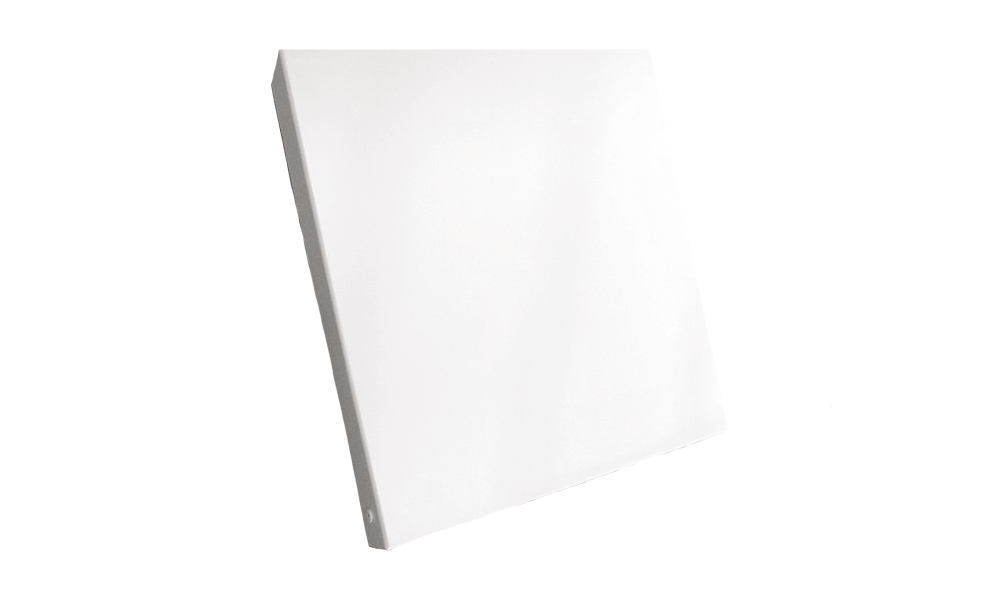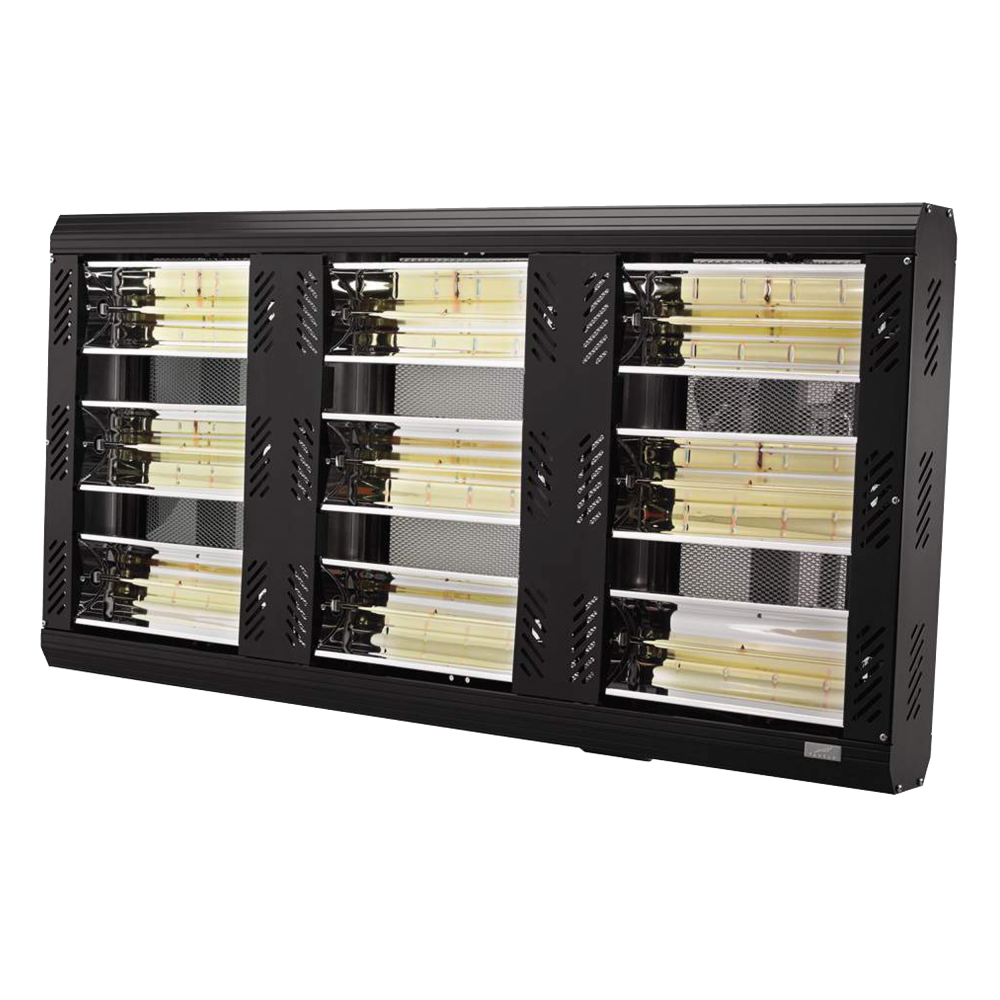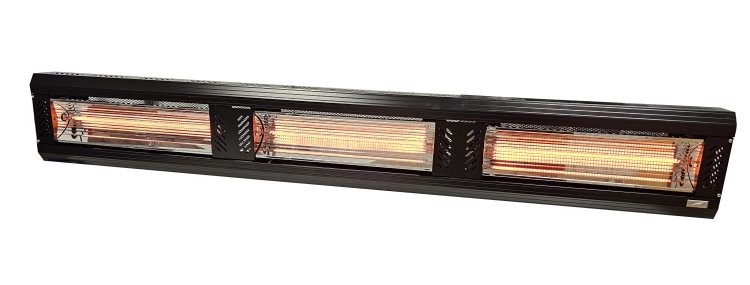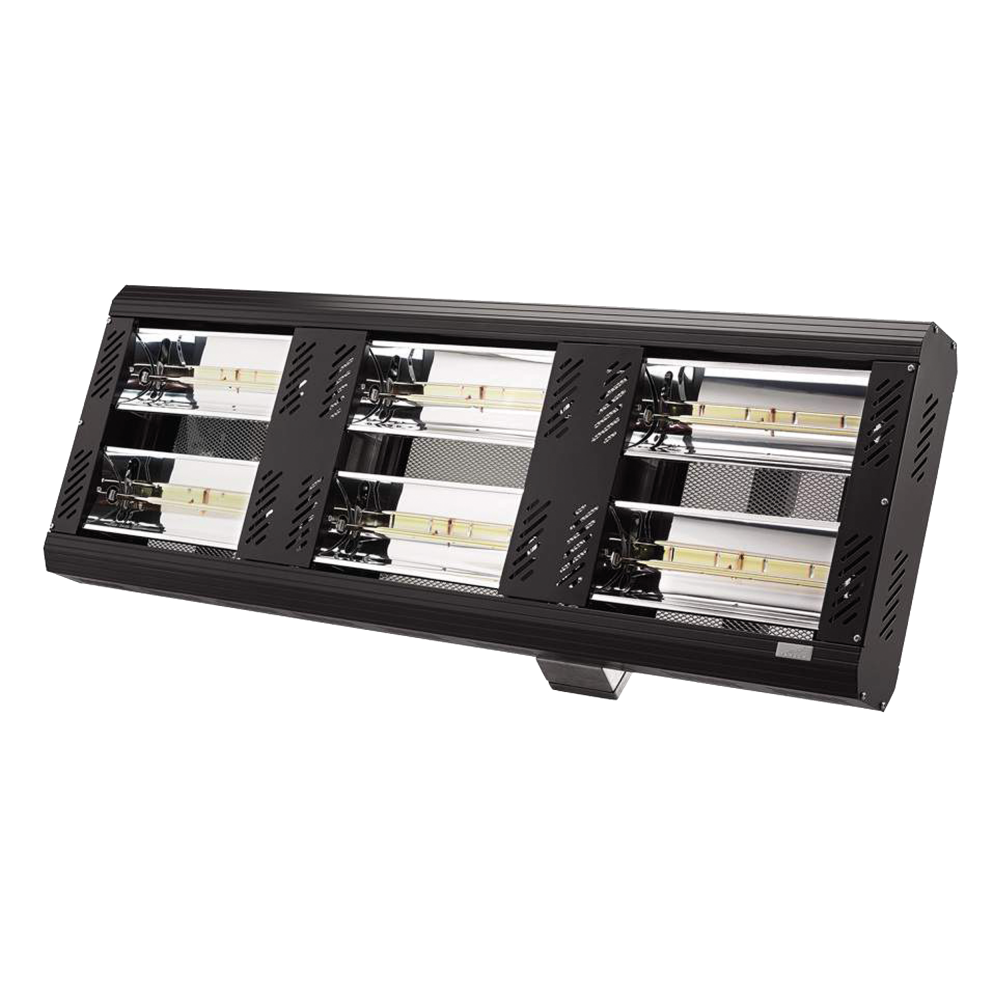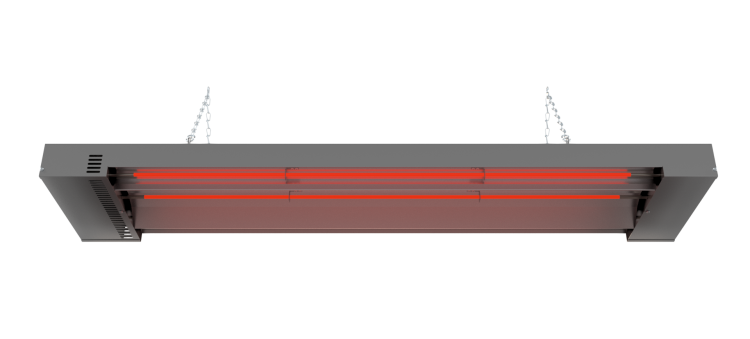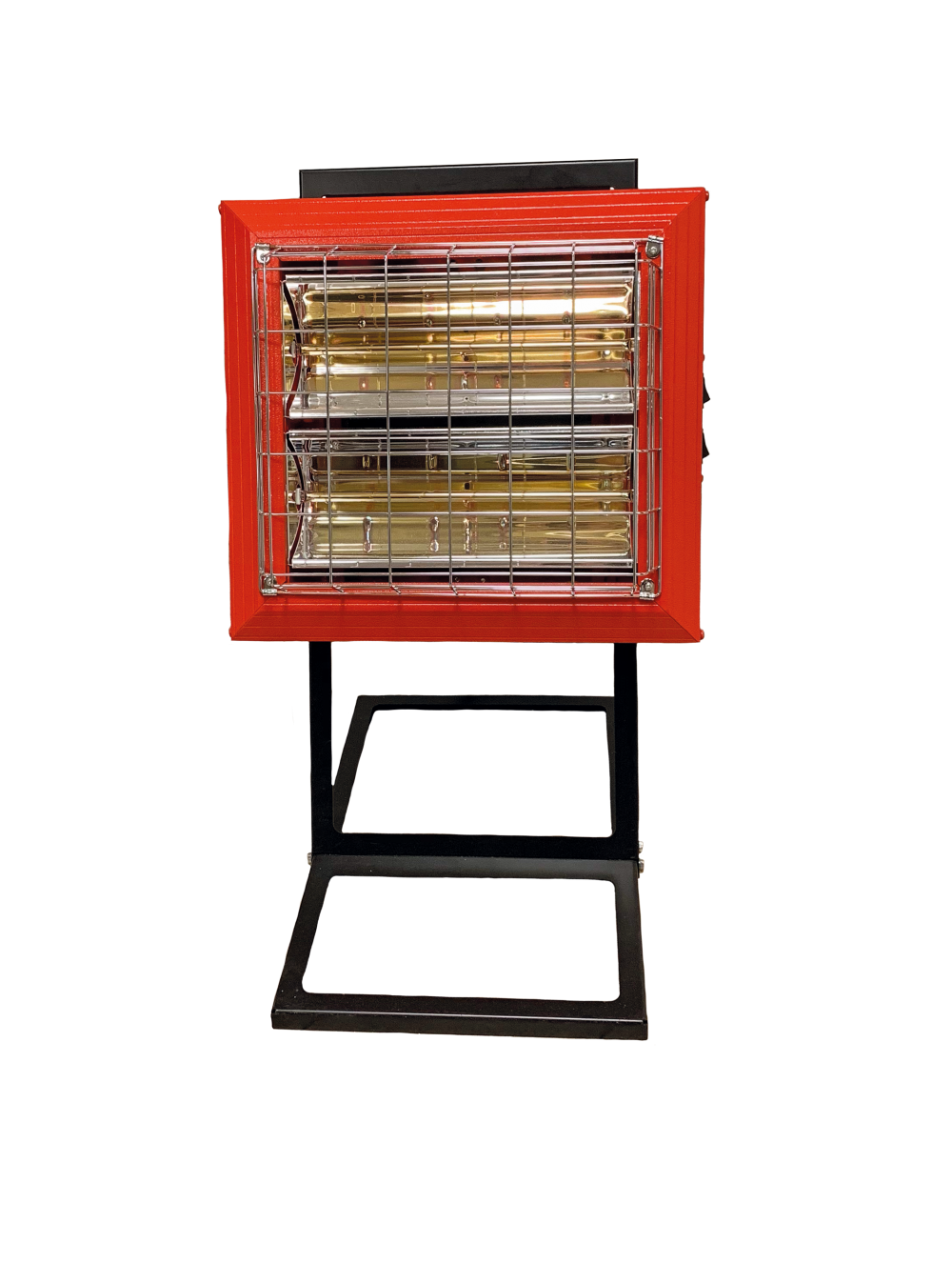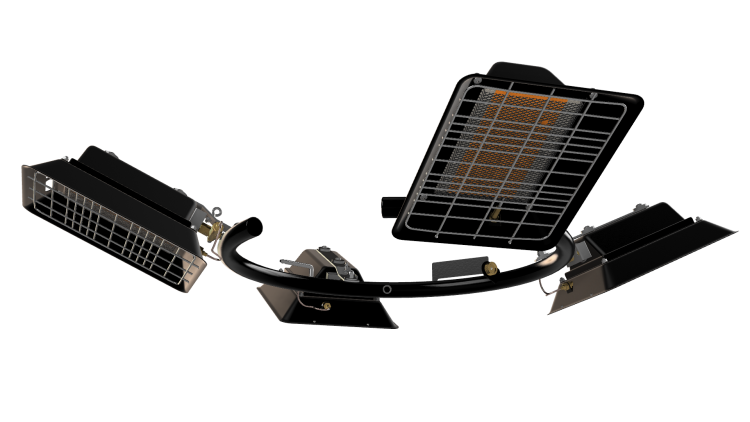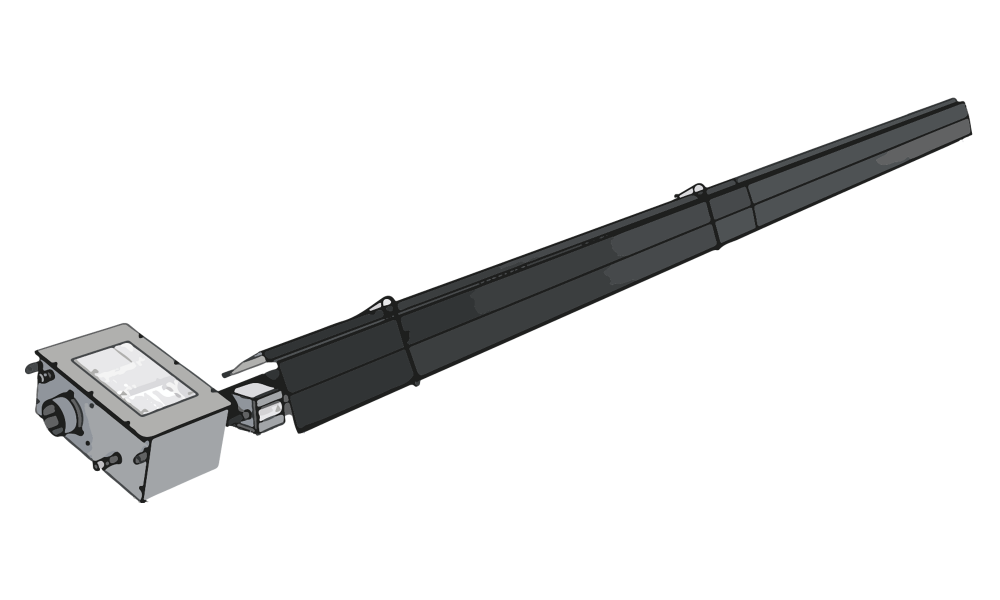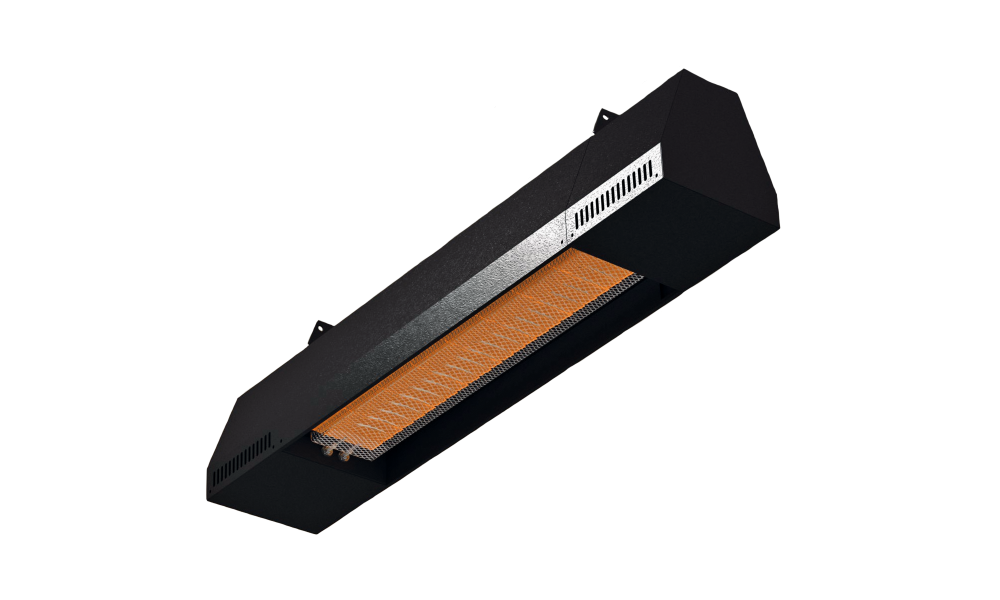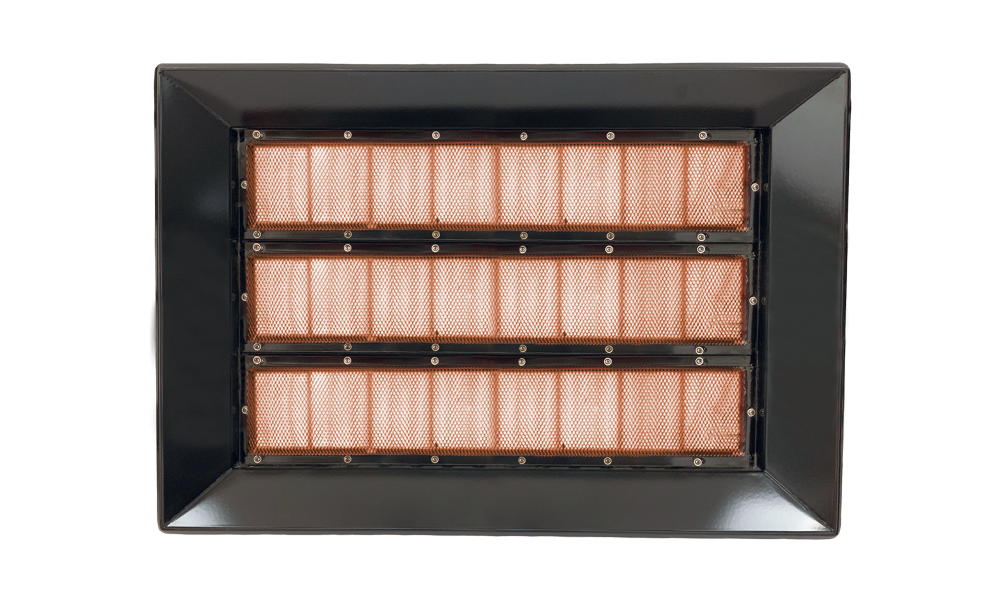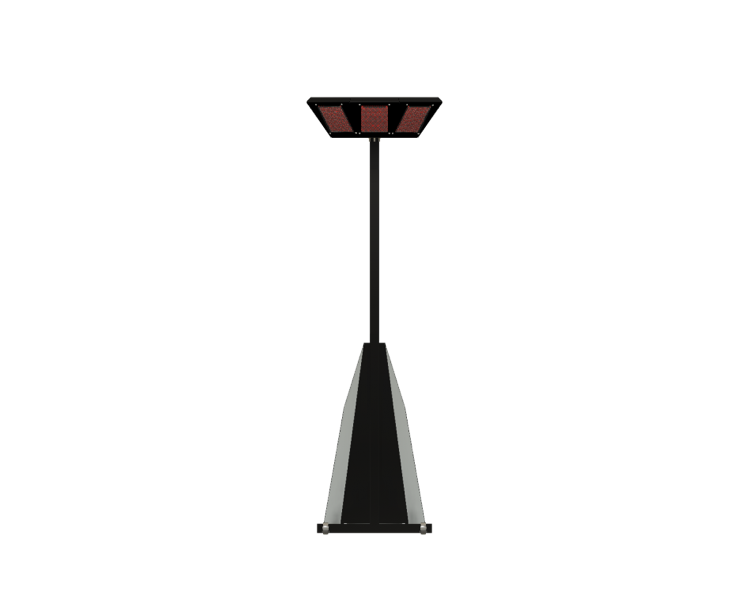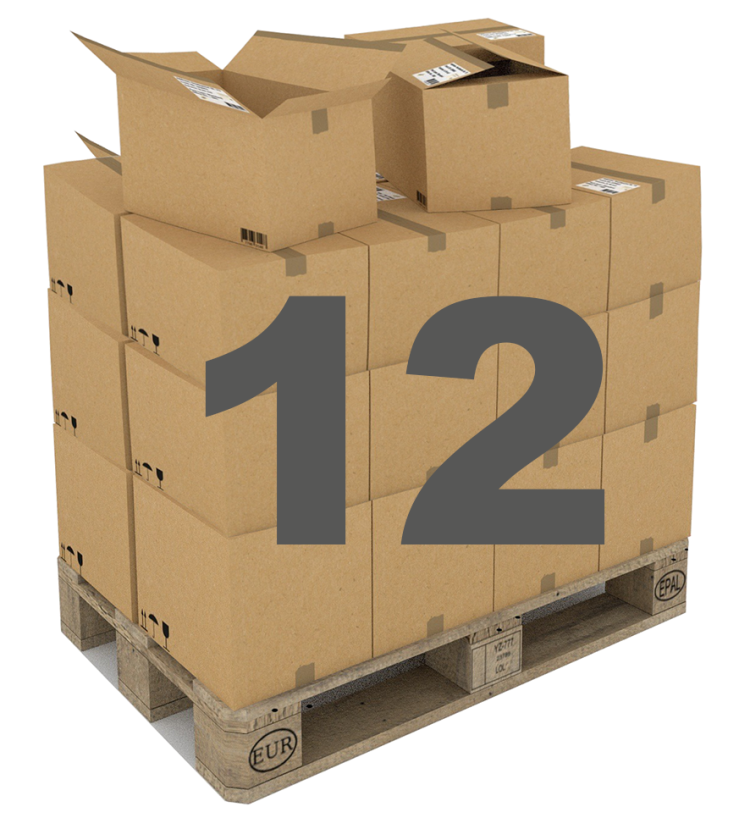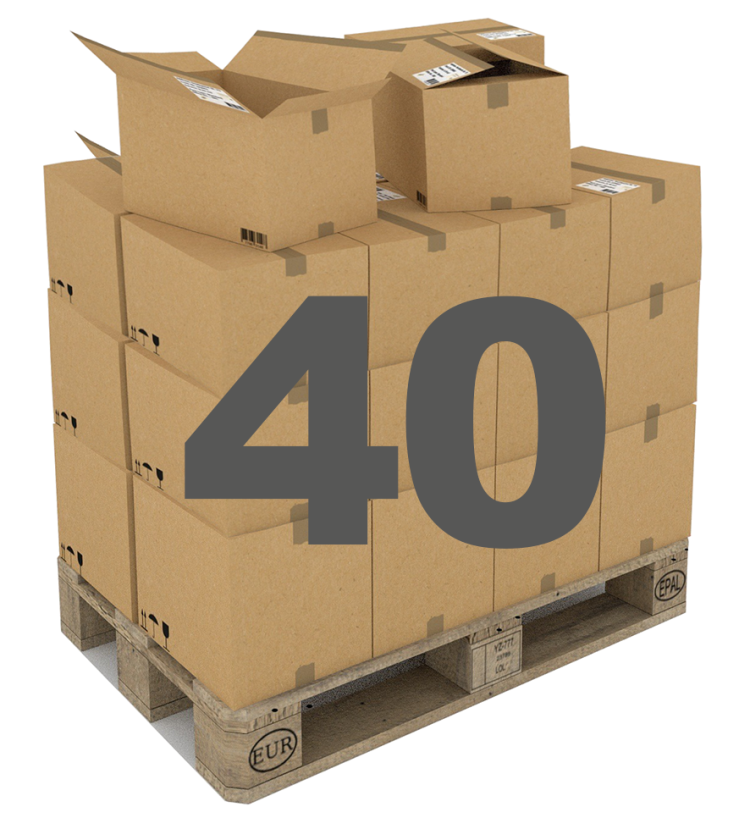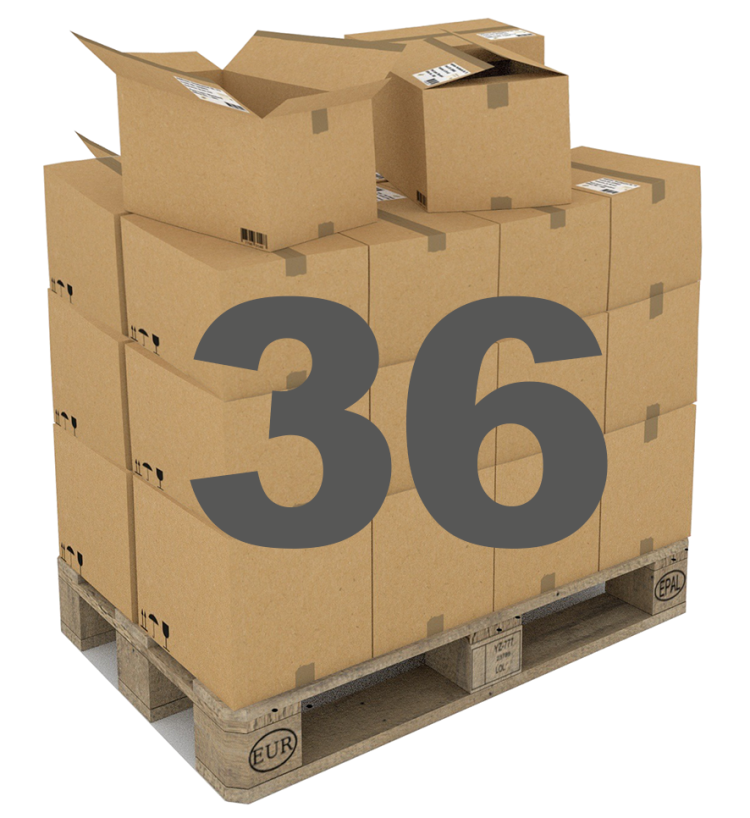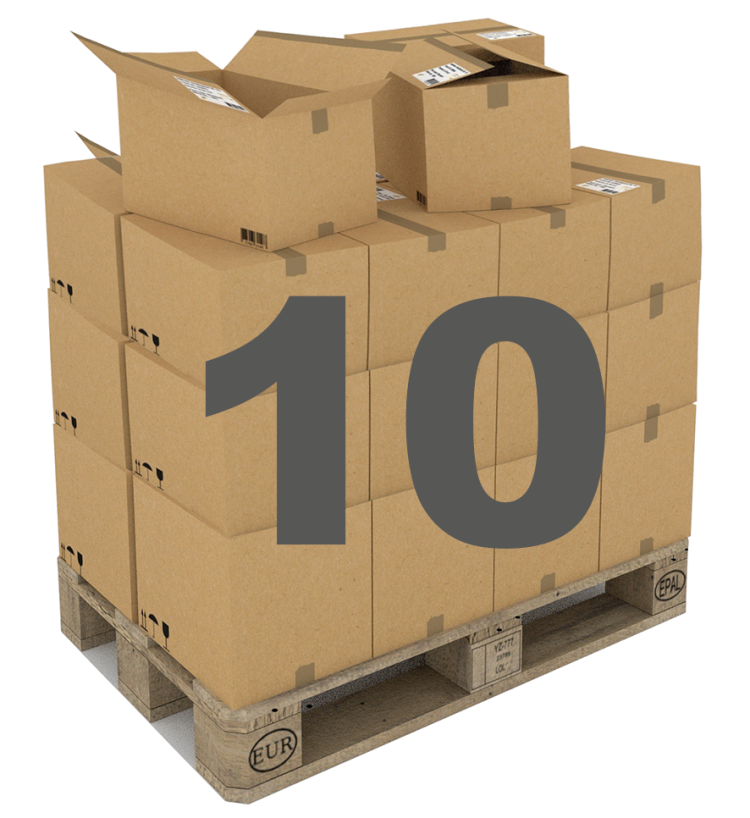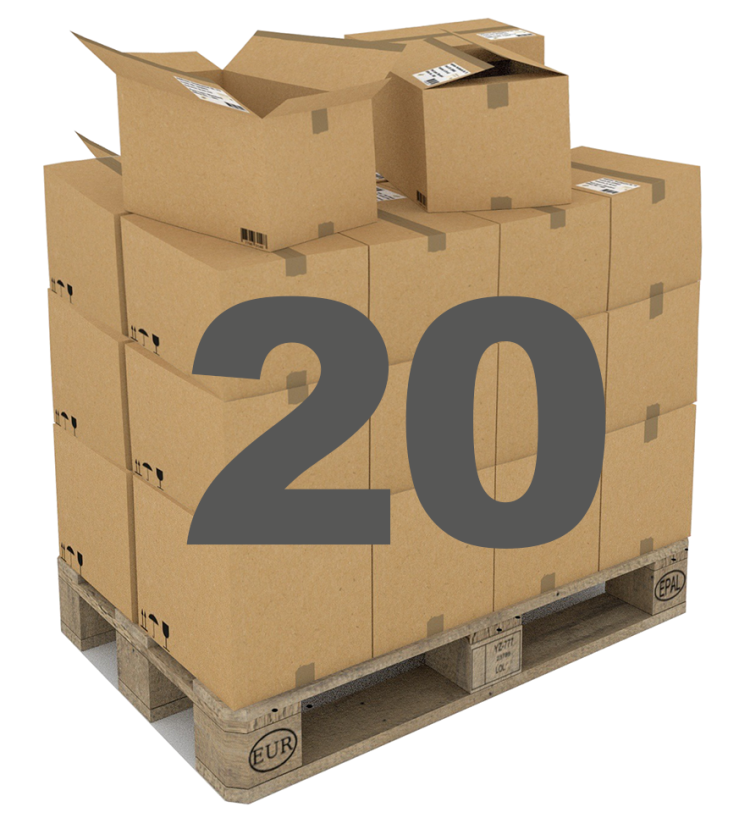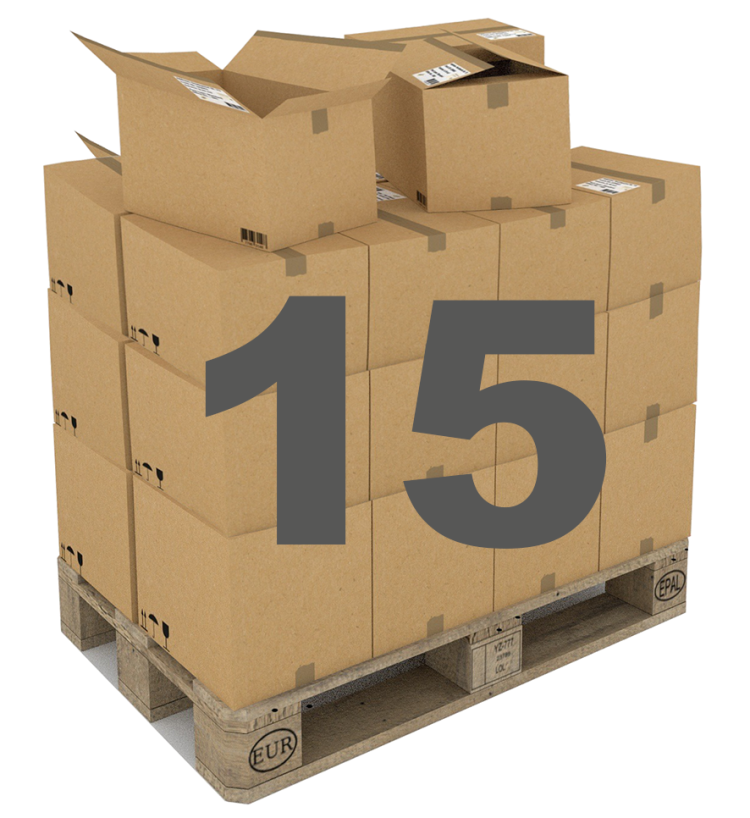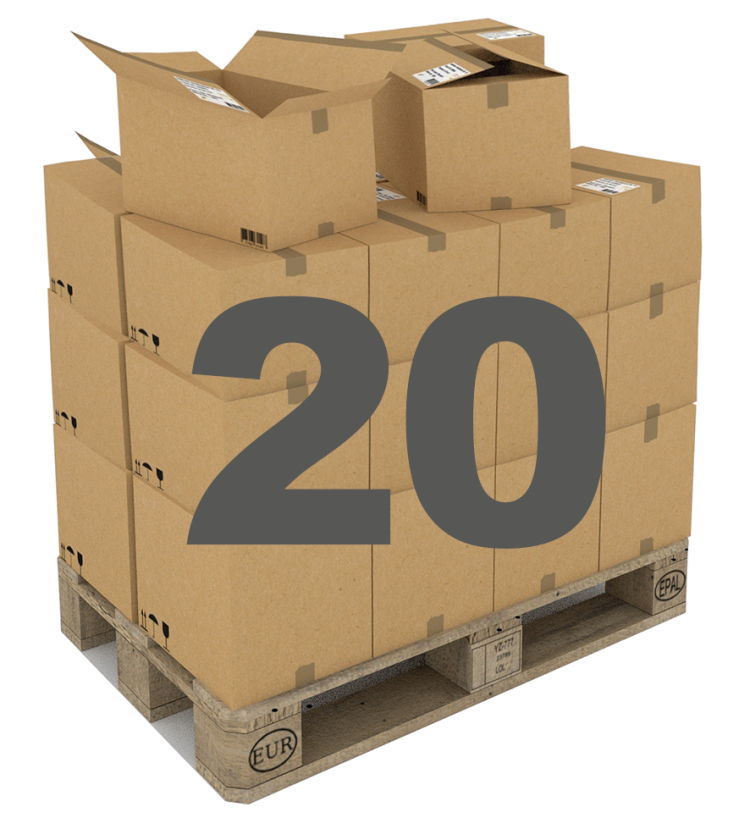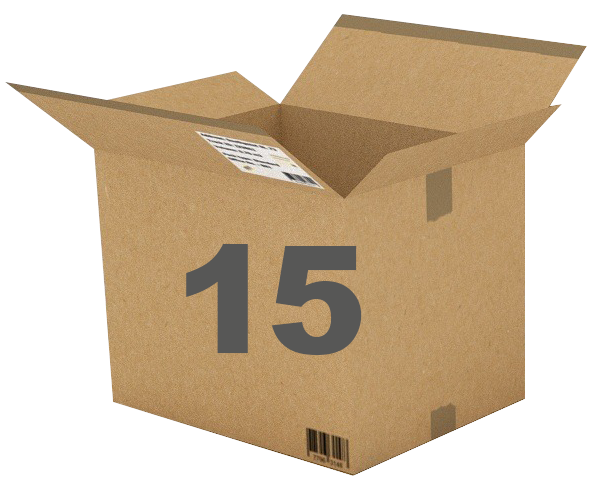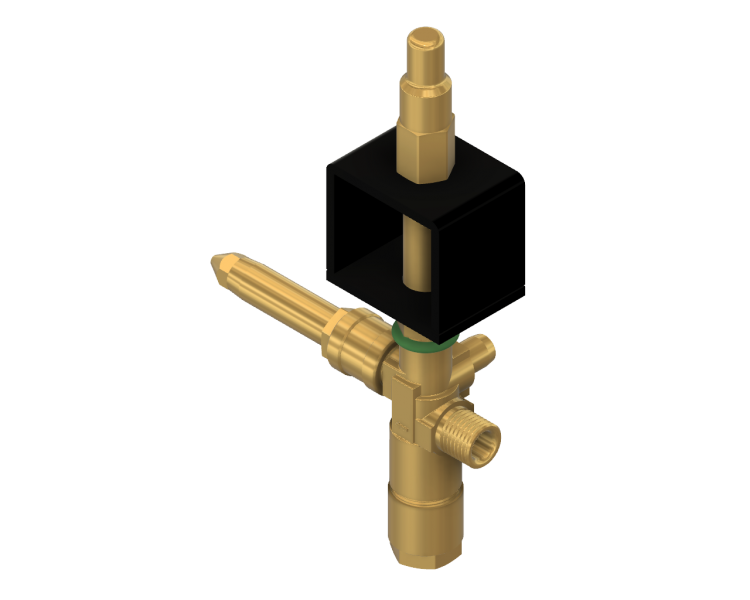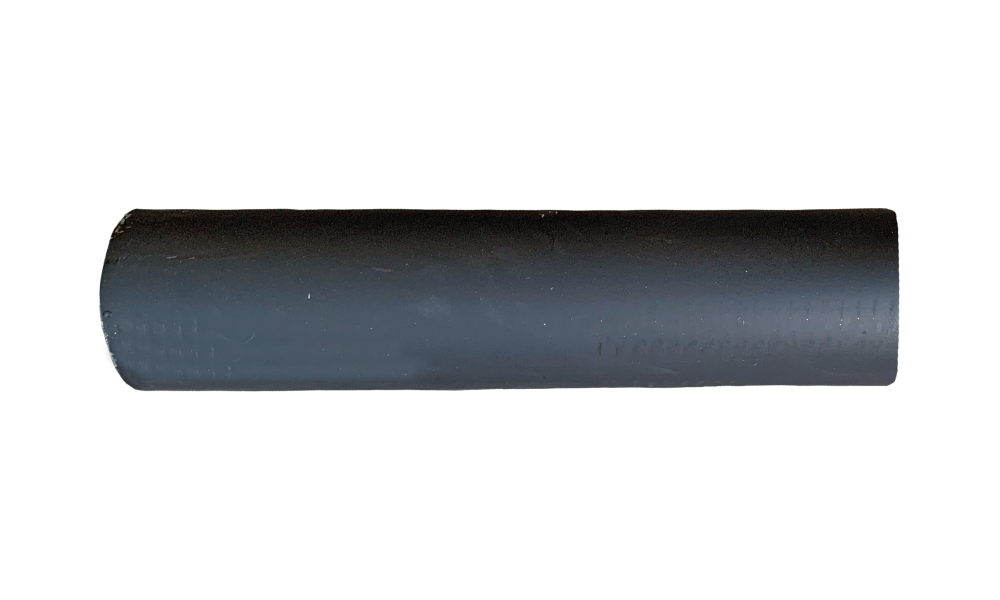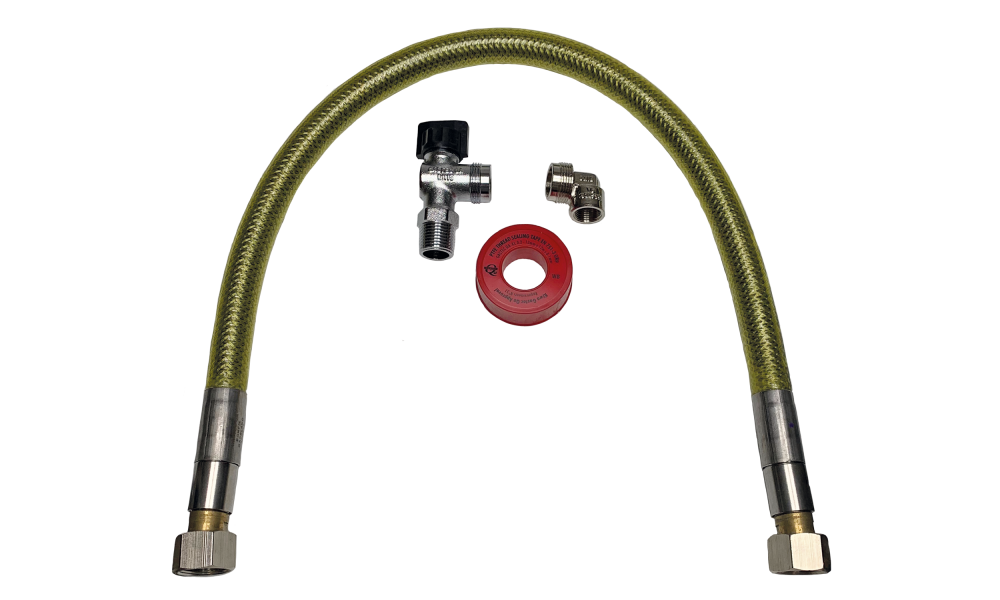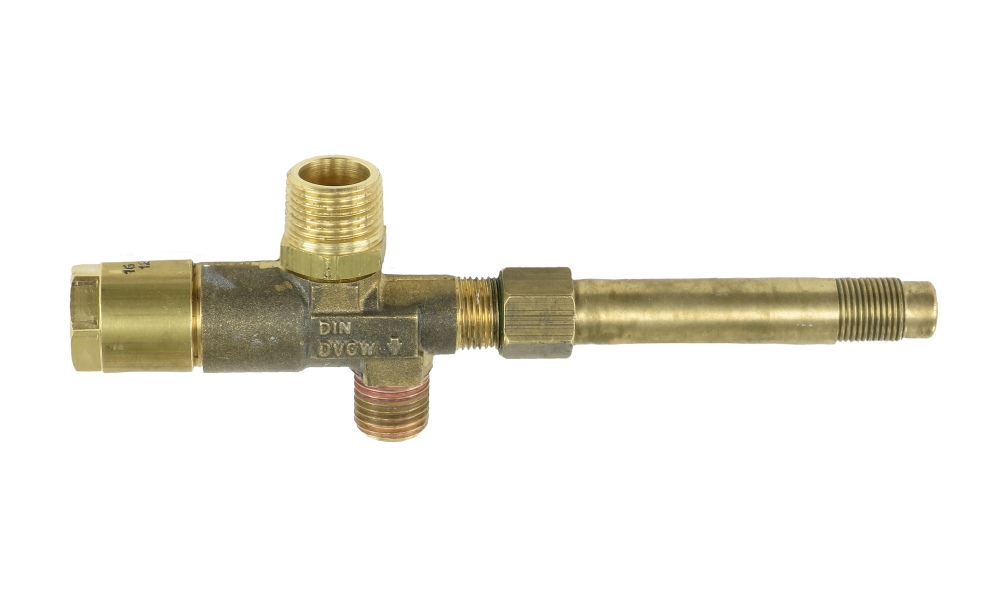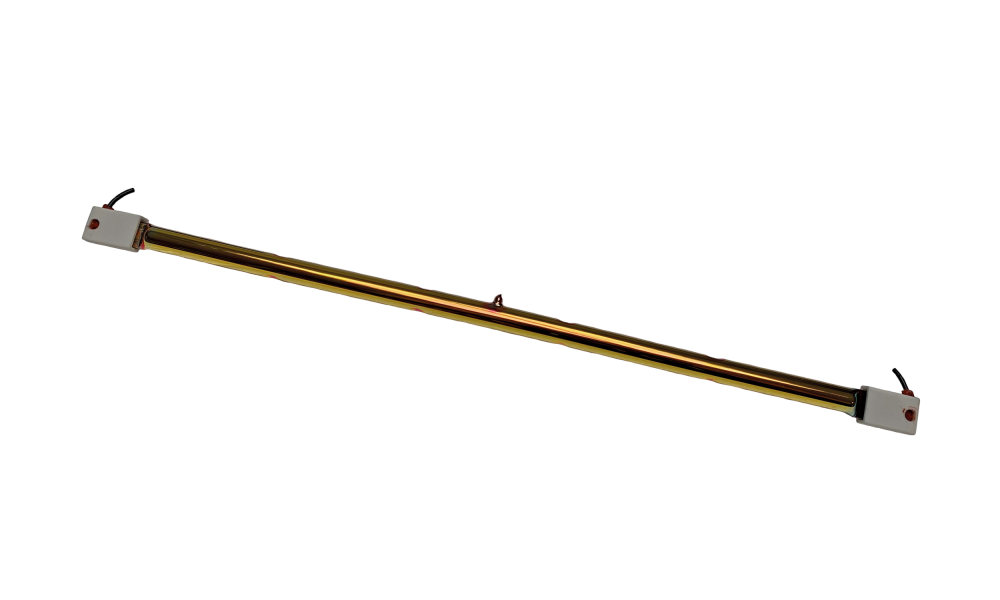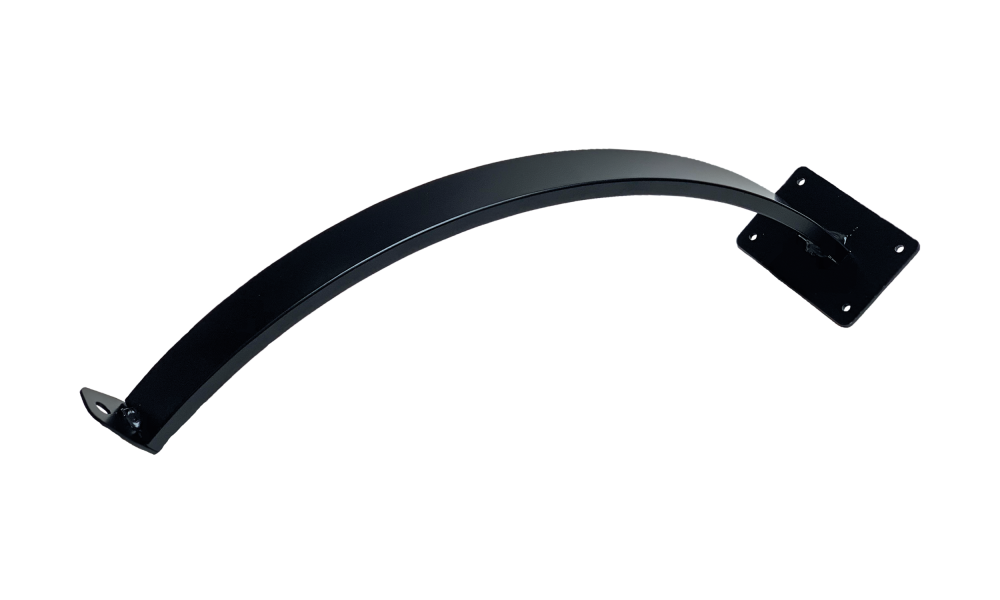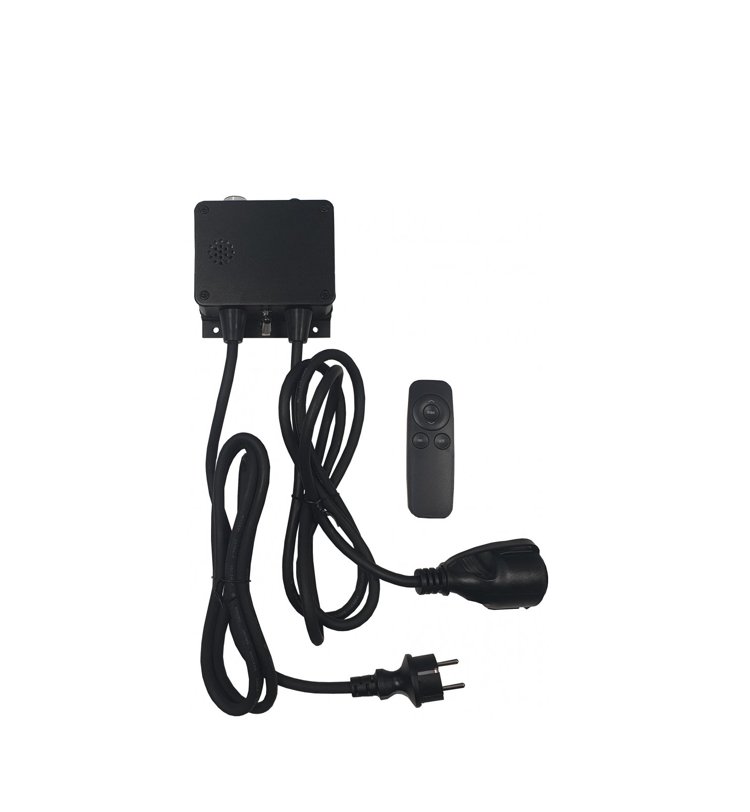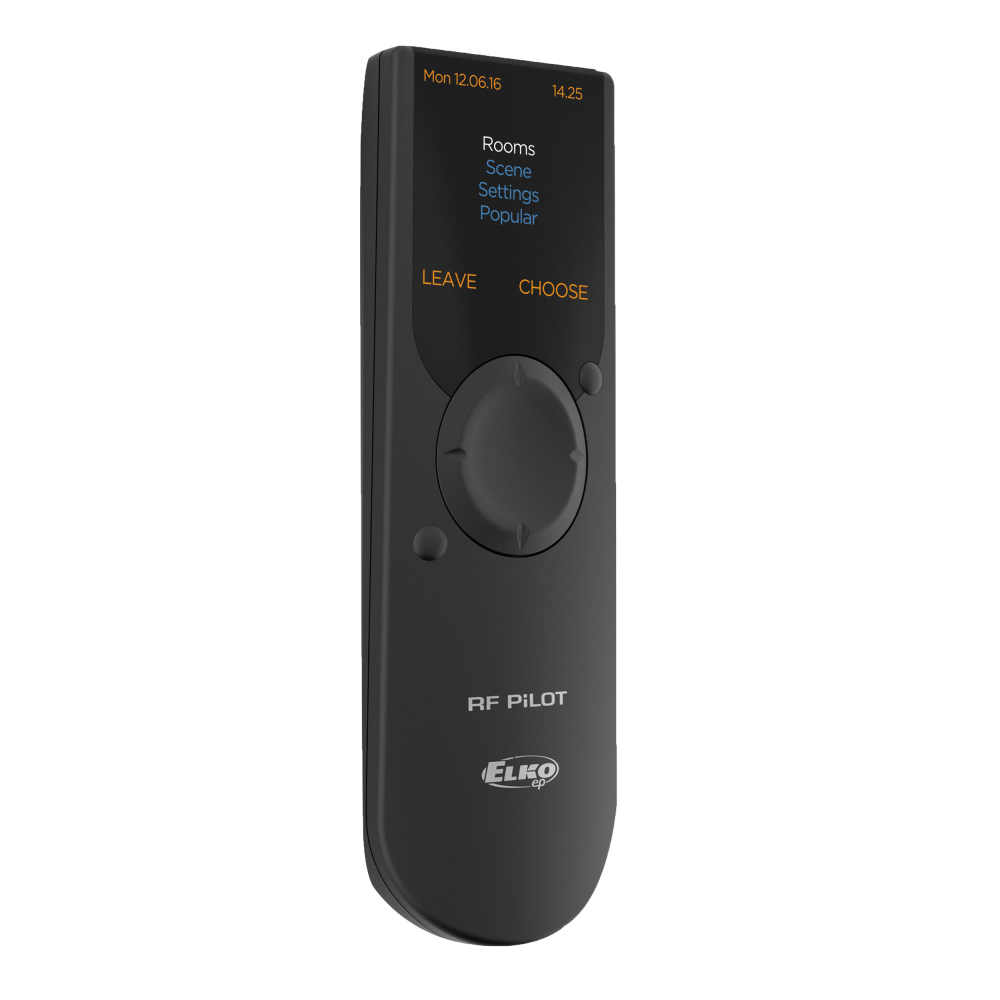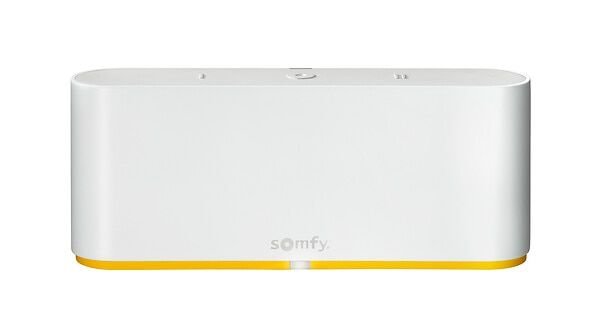Infrared heating
The principle of radiant heating is the same as that of solar heat. Radiation is not heat but consists of electromagnetic waves, which as soon as they hit an object are converted into heat.
Infrared radiation is subdivided into three groups.
• Short wave - Infrared A - 760 to 1400 nm.
• Medium wave - Infrared B - 1400 to 3000 nm.
• Long wave - Infrared C - 3000 to 10000 nm.
Short Wave Infrared:
The advantage of short-wave infrared heaters is that they require virtually no warm-up time.
Applications
• Terraces
• Industrial halls - workplaces
• Sports complex - grandstands
• Churches - monuments
• Drying technology
Products
• Ceramic Gas patio heaters
• Ceramic hybrid heaters
• Electric halogen patio heaters
• Electric halogen heaters
Middle Wave Infrared:
However, the gas-fired dark radiators can be of a very high caliber, especially if they are equipped with a press fan and titanium-stabilized burner tubes with aluminum-polished reflectors.
These dark radiators generate enormous heat so that they can be mounted at very high heights.
Applications
• Greenhouses - verandas
• Hall heating - workplace heating
• Sports complex - grandstands
• Churches - monuments
• Drying technology
Products
• Gas dark heaters
• Electric ceramic heaters
• Electric high temperature panels
• Electric dark heaters
• Electrical industry panels
Long Wave Infrared:
Long wave emitters can be divided into electrical and gas-fired products. Both gas and electrically fired versions are widely available in the market. The application, however, is primarily for indoor installations and enclosed spaces with good insulation of the building. Long wave heaters require a longer warm-up time and heat large ones, partly indirectly. This means that a lot of air is heated which will be lost when opening doors or when ventilating.
Applications
• Houses
• Offices - workplaces
• Stores
• Animal enclosures
Products
• Gas catalytic burners
• Electric low temperature panels
Radiant heating and comfort.
Depending on his work performance, every person develops heat, ranging from 0.76 kW / h during the night's rest to 4.65 kW / h during heavy physical work.
The heat is dissipated by:
• Breathing 12%
• Evaporation along the skin 18%
• Confection 20%
• Radiation 50%
If the heat loss is more than the heat development, then one feels more uncomfortable as the difference increases. This difference can be compensated for by raising the air temperature (ready-made or air heating) or by applying radiant heating. As stated earlier, the air temperature can be considerably lower, with all its advantages.
Compared to traditional heating.
The best known forms of convection heating are central and air heating. The heat transfer then takes place by means of the intermediate medium air. With these types of heating, the air temperature throughout the room must be increased. If forced air transport is not used in the room, the warm air will rise and there will be considerable heat differences between floor and ceiling. This can even amount to a difference of more than 10 degrees. The air temperature is then lower and the floor colder in those places where comfort is required. A forced air transport has disadvantages; drafts, noise nuisance and the movement of dust.
Radiant heating.
With radiant heating, there is direct heat transfer. The floor temperature is therefore higher than the temperature of the air hanging above it. For the same comfort, the air temperature with radiant heating can therefore be significantly lower than with convection heating (4 to 5 degrees). Because both the transmission loss and the ventilation loss of the building are determined by this air temperature, it is clear that radiant heating ensures considerable energy savings. This means that complete installations can often be recouped in 2 to 3 years on the basis of energy costs only.
Radiant heating in detail.
The principle of radiant heating is the same as that of solar heat. Radiation itself is not heat but consists of electromagnetic waves that, as soon as they hit an object, are fully or partially absorbed by this object and converted into heat. Air allows these waves to pass through completely, but ± 10% of the radiation is absorbed by the water vapor and carbon dioxide present in the air. To improve comfort in a church, a grandstand or other room, all our electric and gas heaters are manufactured to size for the application where these emitters are used.
The big advantages: very little to no dust displacement, low-noise, energy-efficient, direct heat and no long heating times, local (workplace) heating possible without heating the entire production hall.

